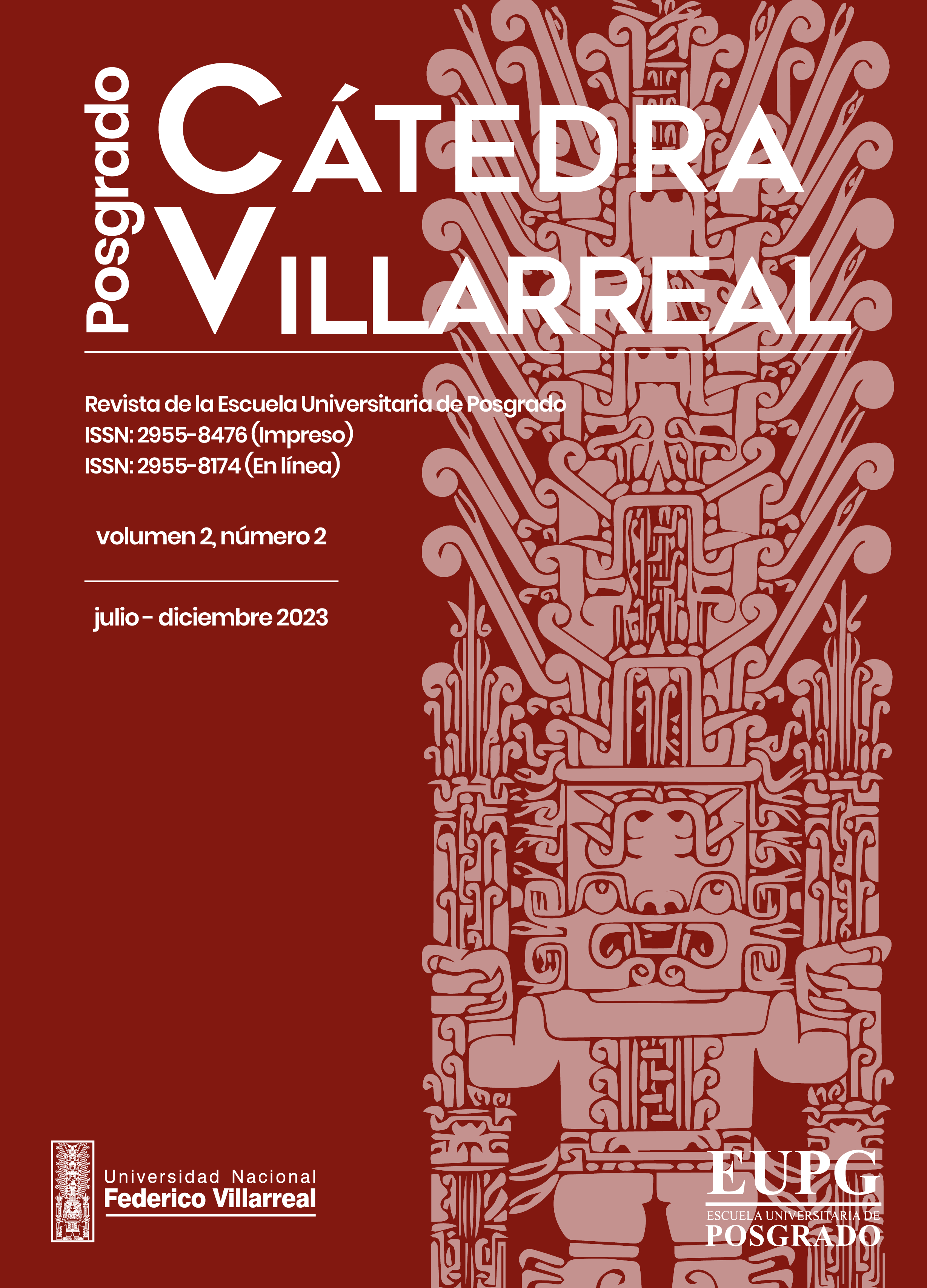mpact of public spending on the energy transition. Case: Department of Ayacucho 2020-2023
DOI:
https://doi.org/10.62428/rcvp2023221713Keywords:
Energy matrix, energy poverty, electricity production, energy consumption, energy transition, public expenditureAbstract
The aim was to analyze the impact of public spending on the energy transition of the poorest departments of Peru. Department of Ayacucho 2020-2023. The information was collected using a survey of a sample of 19 members of the Ayacucho Bar Association and interviews with officials of the Ministry of Energy and Mines of the Ayacucho region. It was evident that, in the Ayacucho Region, the production of electrical energy is around 10.8 Gigawatts hour, which is equivalent to 0.02% of national production; of which 9.8 Gigawatt hours is from a hydraulic source and 0.99 Gigawatt hours is a thermal source. Consumption grows at a slower rate than the growth in the cost of energy, access to electric energy service through the public network has a coverage of 89.9%, ranking 20th among the 24 regions; The coverage of the urban area is 93.1% and occupies the penultimate place, in the rural area the coverage is 84%. The public spending assigned to the departments in extreme poverty and that corresponding to the department of Ayacucho is limited and tends to reduce year after year, the energy transition is not yet attended to the magnitude it demands. It is necessary to continue studying the issue to develop methods that help measure energy poverty given its multidimensional nature, especially in a Region with energy poverty. It is necessary for the regional government of Ayacucho and its local governments to review, change or propose policies. alternatives, allocating resources to different actions that contribute to the energy transition in their territory.
Downloads
Published
How to Cite
Issue
Section
License
Copyright (c) 2023 Eulalia Jurado Falconí, Reynaldo Uladislao Bringas Delgado

This work is licensed under a Creative Commons Attribution-NonCommercial-ShareAlike 4.0 International License.
Eres libre de
- Compartir : copiar y redistribuir el material en cualquier medio o formato.
- Adaptar : remezclar, transformar y construir sobre el material.
El licenciante no puede revocar estas libertades siempre que cumpla con los términos de la licencia.
Bajo los siguientes términos:
- Atribución : debe dar el crédito apropiado , proporcionar un enlace a la licencia e indicar si se realizaron cambios . Puede hacerlo de cualquier manera razonable, pero no de ninguna manera que sugiera que el licenciante lo respalda a usted o su uso.
- No comercial : no puede utilizar el material con fines comerciales .
- CompartirIgual : si remezclas, transformas o construyes a partir del material, debes distribuir tus contribuciones bajo la misma licencia que el original.
- Sin restricciones adicionales : no puede aplicar términos legales ni medidas tecnológicas que restrinjan legalmente a otros hacer cualquier cosa que la licencia permita.
Avisos:
- No tiene que cumplir con la licencia para elementos del material que sean de dominio público o donde su uso esté permitido por una excepción o limitación aplicable.
- No se dan garantías. Es posible que la licencia no le otorgue todos los permisos necesarios para el uso previsto. Por ejemplo, otros derechos como publicidad, privacidad o derechos morales pueden limitar la forma en que utiliza el material.












